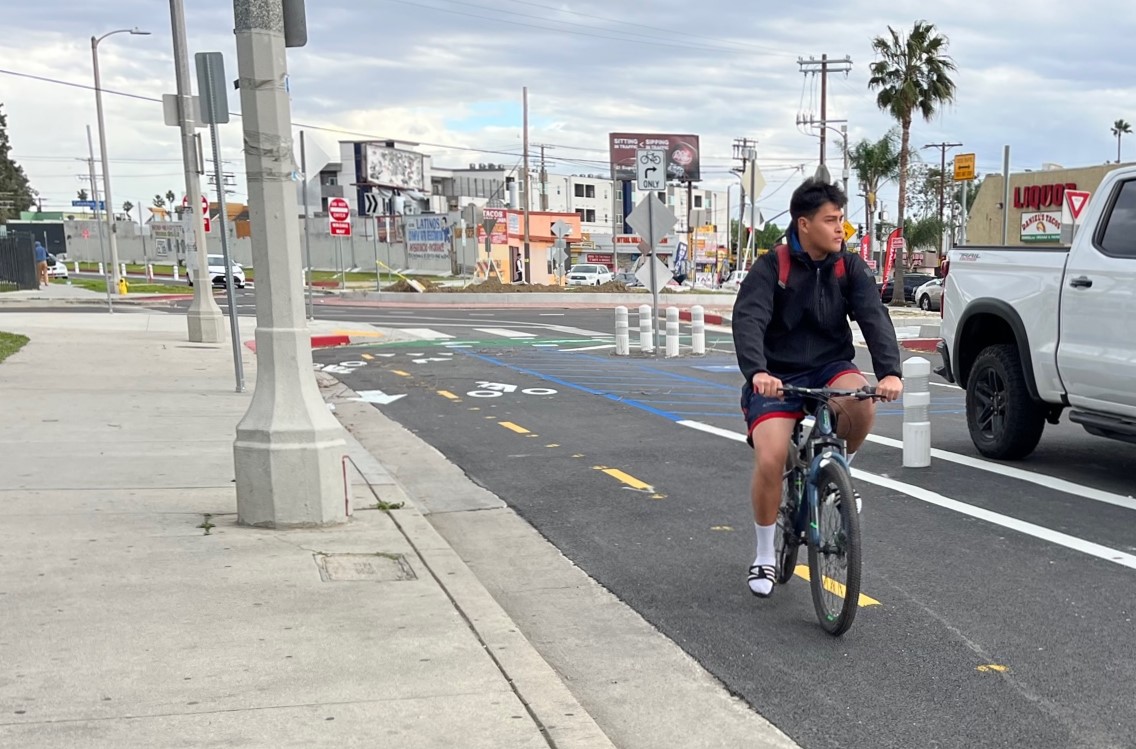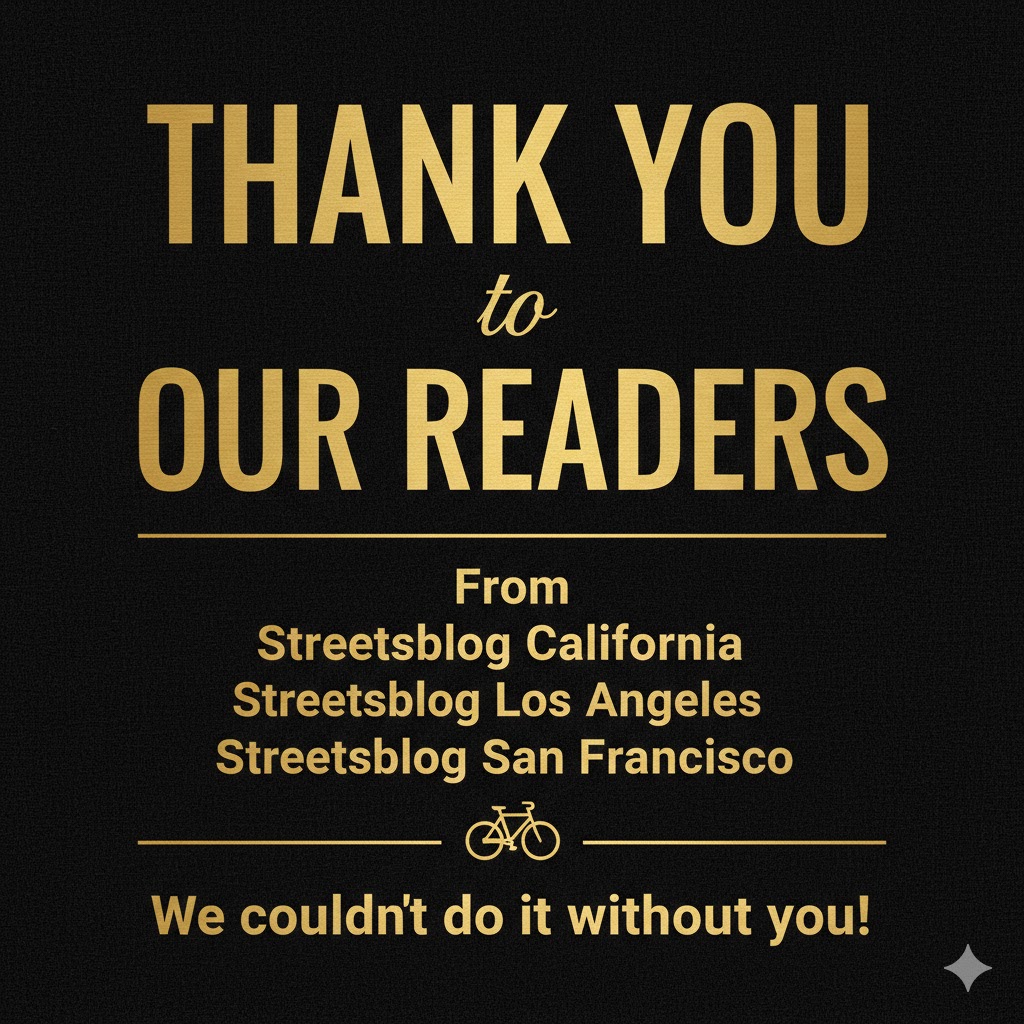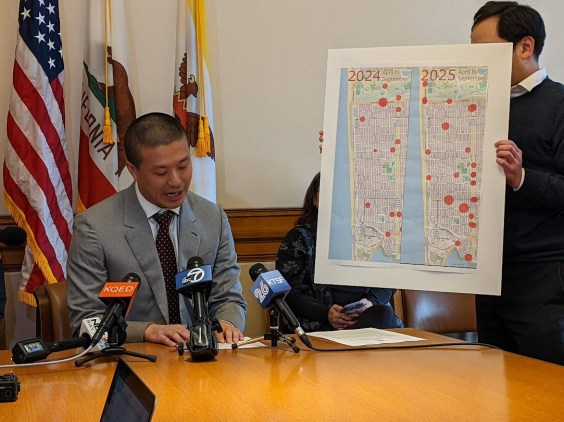Yesterday the CA Legislature released its own budget plan in response to Governor Newsom's May Revise budget. Negotiations are ongoing, with discussions being held in various budget subcommittees today and next week, and the numbers are still preliminary and subject to analysis by the Department of Finance.
Nevertheless, a few details are coming out. The legislature calls its plan a "responsible, balanced, and on-time budget plan." It addresses the administration's projected shortfall of about $45 billion next year and $30 billion in the following year, balancing the budget with $13 billion in total reserves in the second year.
But budgets are in some ways more art than science; remember what happened to that giant projected surplus of 2022. By law, it had to be allocated - but then it turned out to be less than expected, and as the budget shrank the following year, new programs were threatened with extinction.
The legislature's plan will attempt to solve this by creating a "“Projected Surplus Temporary Holding Account” to hold onto the extra money until such time that "it is clear whether the projected surplus of revenues [will] actually materialize."
One of the casualties of that surplus snafu was the $1 billion "augmentation" granted to the Active Transportation Program, which the governor this year decided he should try to take back.
The legislature's plan rejects that move. Instead of cutting the ATP by $600 million - which would basically have zeroed out upcoming Cycle 7 funding - the legislature proposes to fund it from the State Highway Account, an appropriate source for it.
In terms of public transit, the Governor had proposed delaying $2.1 billion for the Transit and Intercity Rail Capital Program (TIRCP) from 2021-22 to later years, and cutting it by $148 million. He also shifted from using the General Fund surplus-which-no-long-exists to the Greenhouse Gas Reduction Fund (GGRF), which is funded by the state's cap-and-trade program. That is for the competitive portion of the program.
The legislature's plan approves the proposed delay and the shift, but rejects the cut. The governor and the legislature had already agreed to delay $1 billion for the formula portion of the rail program, and shift most of that from the general fund to the GGRF.
The legislative plan also agreed with the Governor's proposal to delay funding for the Zero Emission Transit Capital Program. That funding would have come from the GGRF, a total of about $700 million over three years.
Both the Governor and the legislature include modest increases to the Intercity Passenger Rail Program, which supports operating costs for three major rail corridors (the Capitol Corridor, the San Joaquin line, and the Los Angeles – San Diego – San Luis Obispo Rail Corridor (LOSSAN). All three are facing shortfalls due to COVID-induced declines in ridership, and want to restore service to grow ridership numbers.
Both budget plans also retain funding for the vehicle weight safety study called for by A.B. 251. That bill requires the California Transportation Commission to convene a task force to study the relationship between vehicle weight and injuries to vulnerable road users and degradation to roads, as well as the costs and benefits of imposing a passenger vehicle weight fee.
One detail that is still not completely clear is the overall effect on the Greenhouse Gas Reduction Fund. It has been averaging $4.2 billion annually, and growing. Questions remain about the efficacy of the cap-and-trade program itself, and there are concerns about relying on it as a funding source, but for now it remains an important source of funds for climate programs.
About 65 percent of the GGRF is "continuously appropriated" to existing programs, including the California High-Speed Rail Program (25 percent), the Affordable Housing and Sustainable Communities Program (20 percent), the TIRCP (10 percent), low carbon transit operations (5 percent), and the Safe and Affordable Drinking Water Program (5 percent), with $200 million continuously appropriated for forest health and wildfire prevention activities. That leaves about 30 percent of the remainder as "discretionary funding."
NextGen California is concerned that the budget strategy "heralds the end of California’s brief effort to expand climate investments beyond last decade’s zero-sum approach that pitted necessary investments against each other for the limited funding available in the GGRF."
"Both proposals offer a return to business as usual on climate investments, which will cost our state dearly in the coming years unless we change course," reads their statement [PDF]. The shifts from general fund to GGRF "are better characterized as cuts to the state’s total level of climate investment."
"Climate touches every part of our lives. How we budget should reflect this reality," wrote NextGen California Senior California Advisor David Weiskopf.






